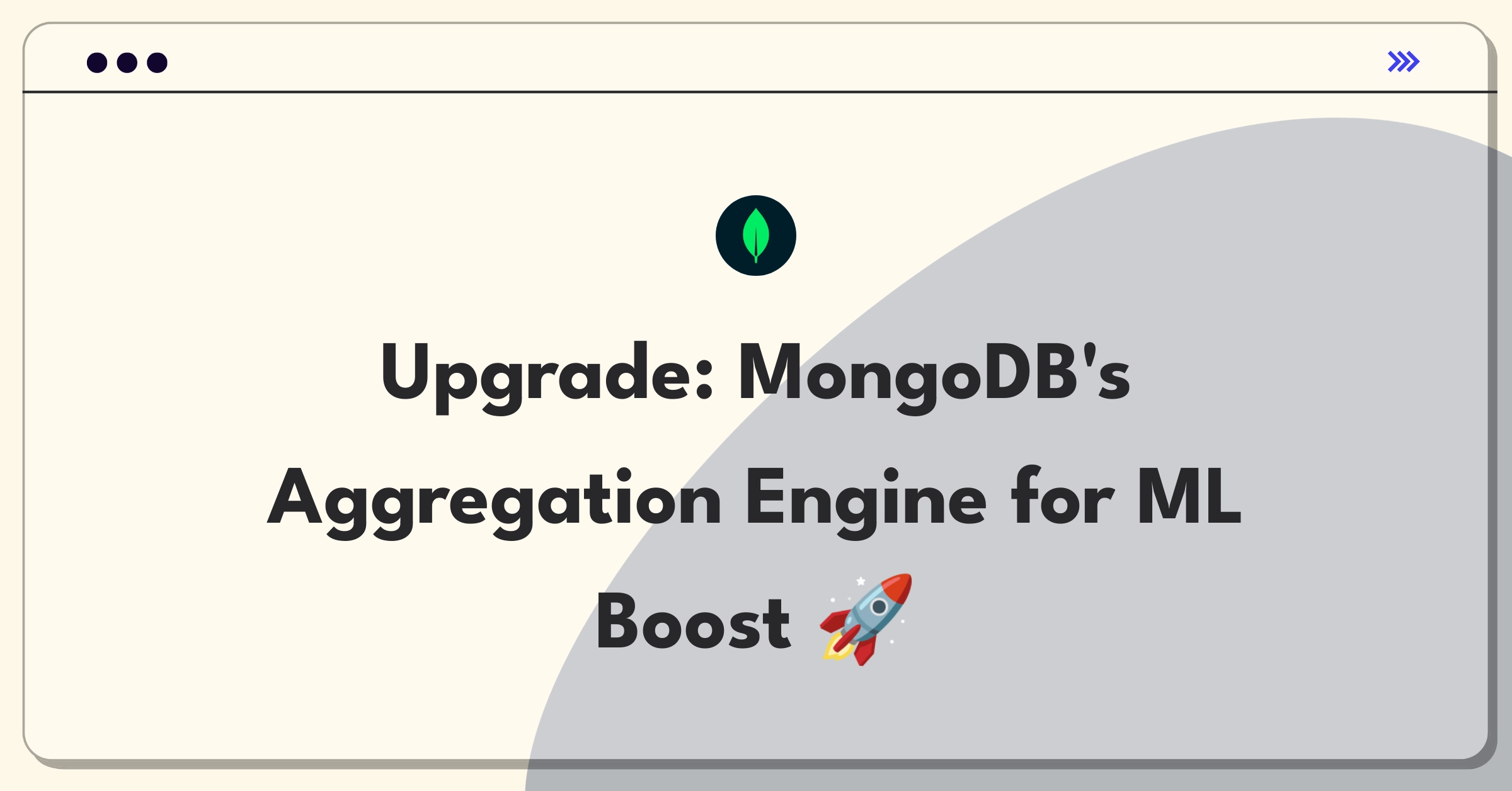Introduction
Improving MongoDB's aggregation framework to handle more complex data transformations efficiently is a critical challenge in today's data-driven landscape. As we dive into this product improvement case, we'll explore the current limitations, user pain points, and potential solutions to enhance MongoDB's capabilities. I'll structure my approach using a comprehensive framework that covers user segmentation, pain point analysis, solution generation, and evaluation.
Step 1
Clarifying Questions
Why it matters: This helps us understand if we need to focus on performance optimizations for massive datasets or on expanding the functionality for intricate transformations. Expected answer: Users are dealing with terabytes of data and require multi-stage pipelines with complex joins and calculations. Impact on approach: If confirmed, we'd prioritize scalability and advanced transformation features.
Why it matters: Different use cases may require different optimization strategies and feature priorities. Expected answer: A mix of real-time analytics and batch processing for various downstream applications. Impact on approach: We'd need to balance improvements for both real-time and batch processing scenarios.
Why it matters: This informs whether we should focus on expanding capabilities or refining existing features. Expected answer: Steady growth with increasing demand for more advanced features. Impact on approach: We'd likely focus on introducing new capabilities while also optimizing existing ones.
Why it matters: Helps identify key areas for improvement to maintain or enhance our market position. Expected answer: Strong overall, but lagging in support for machine learning operations and graph-based queries. Impact on approach: We'd prioritize adding ML-specific aggregations and graph processing capabilities.
Tip
At this point, you can ask interviewer to take a 1-minute break to organize your thoughts before diving into the next step.
Subscribe to access the full answer
Monthly Plan
The perfect plan for PMs who are in the final leg of their interview preparation
$99 /month
- Access to 8,000+ PM Questions
- 10 AI resume reviews credits
- Access to company guides
- Basic email support
- Access to community Q&A
Yearly Plan
The ultimate plan for aspiring PMs, SPMs and those preparing for big-tech
$99 $33 /month
- Everything in monthly plan
- Priority queue for AI resume review
- Monthly/Weekly newsletters
- Access to premium features
- Priority response to requested question


.png)